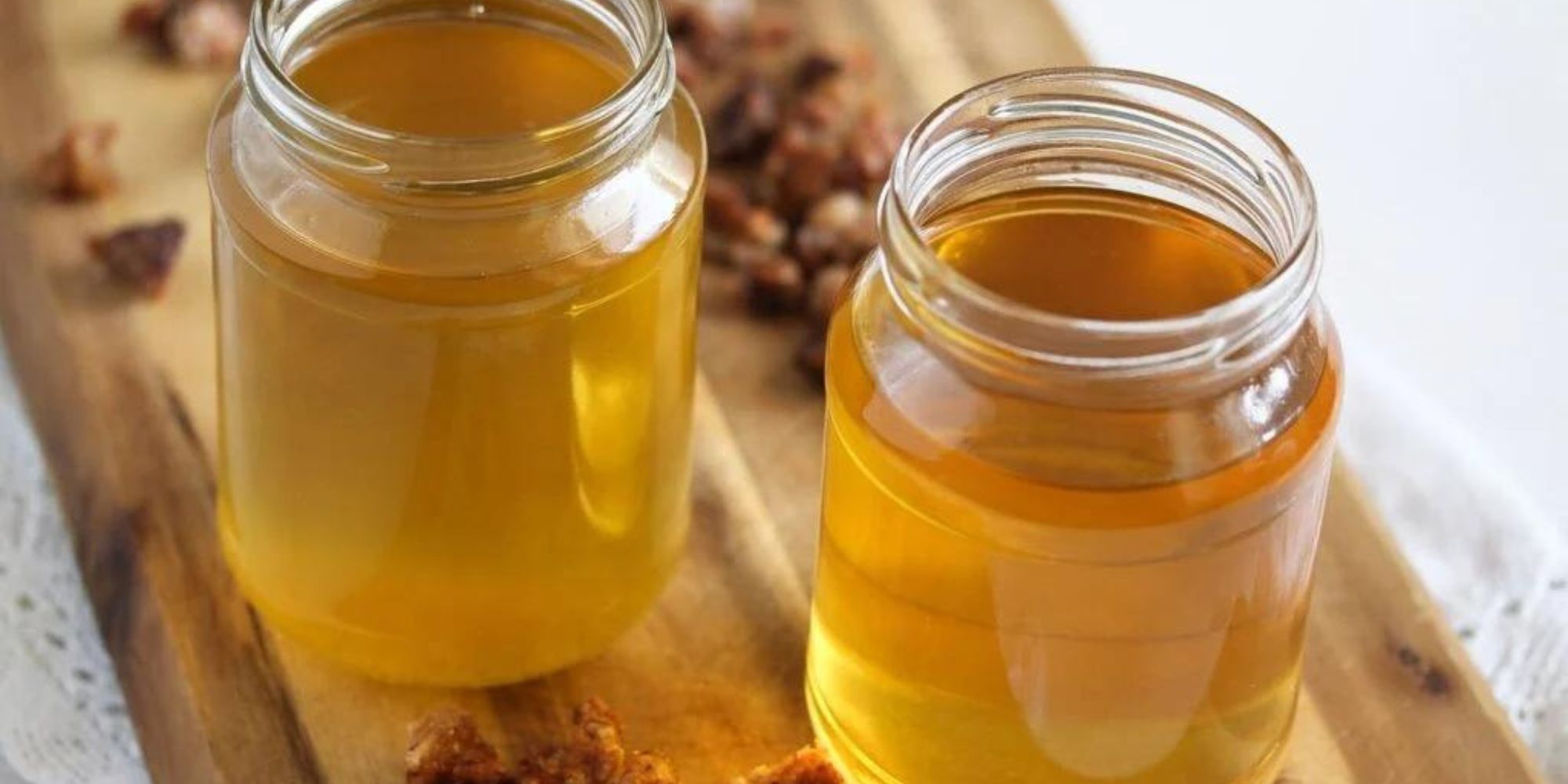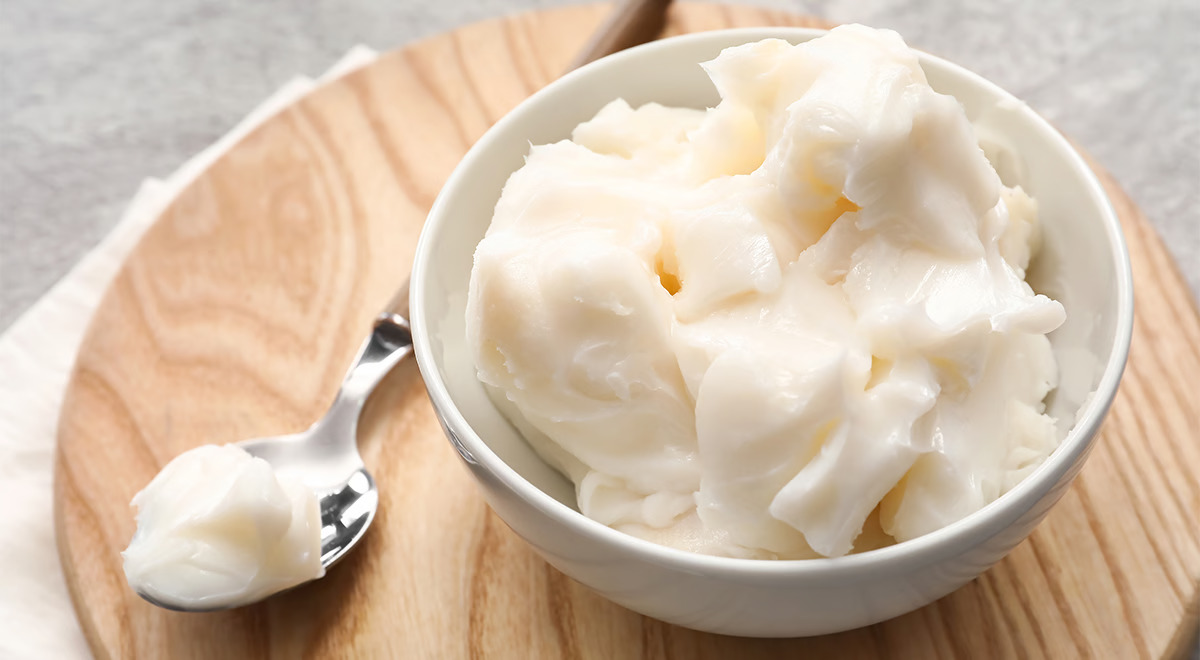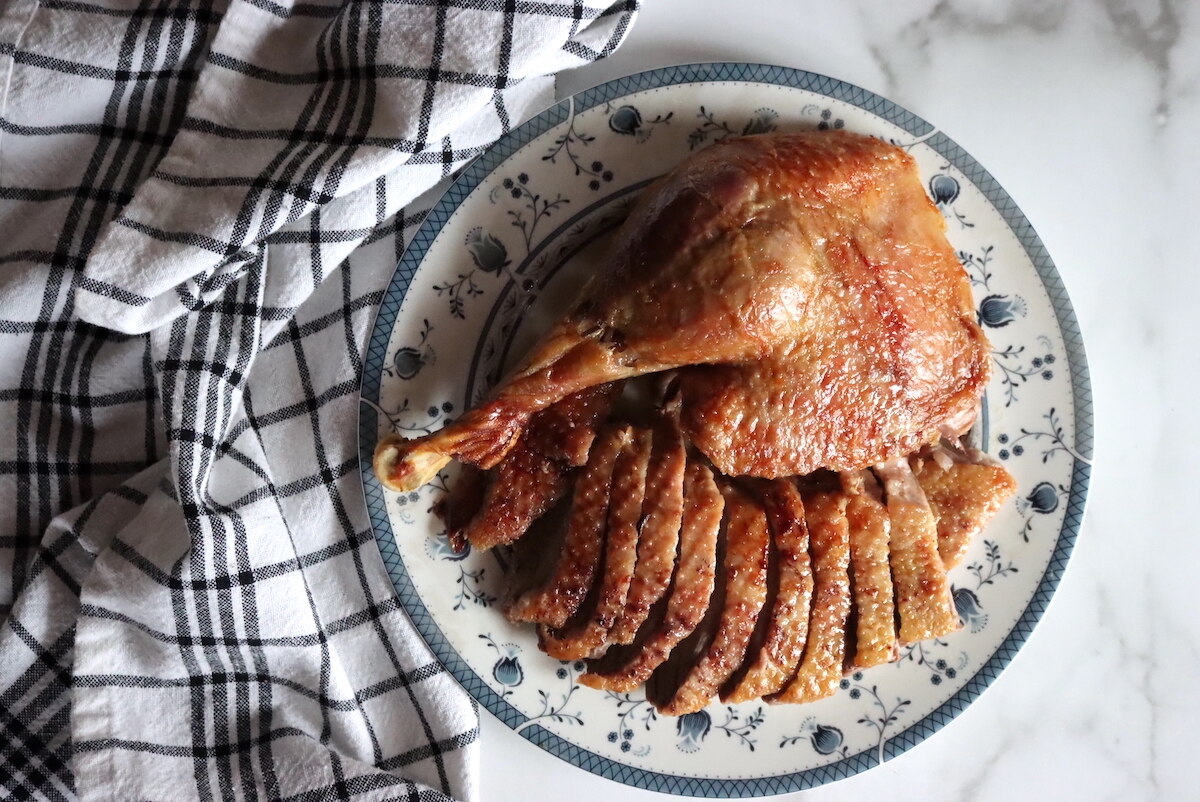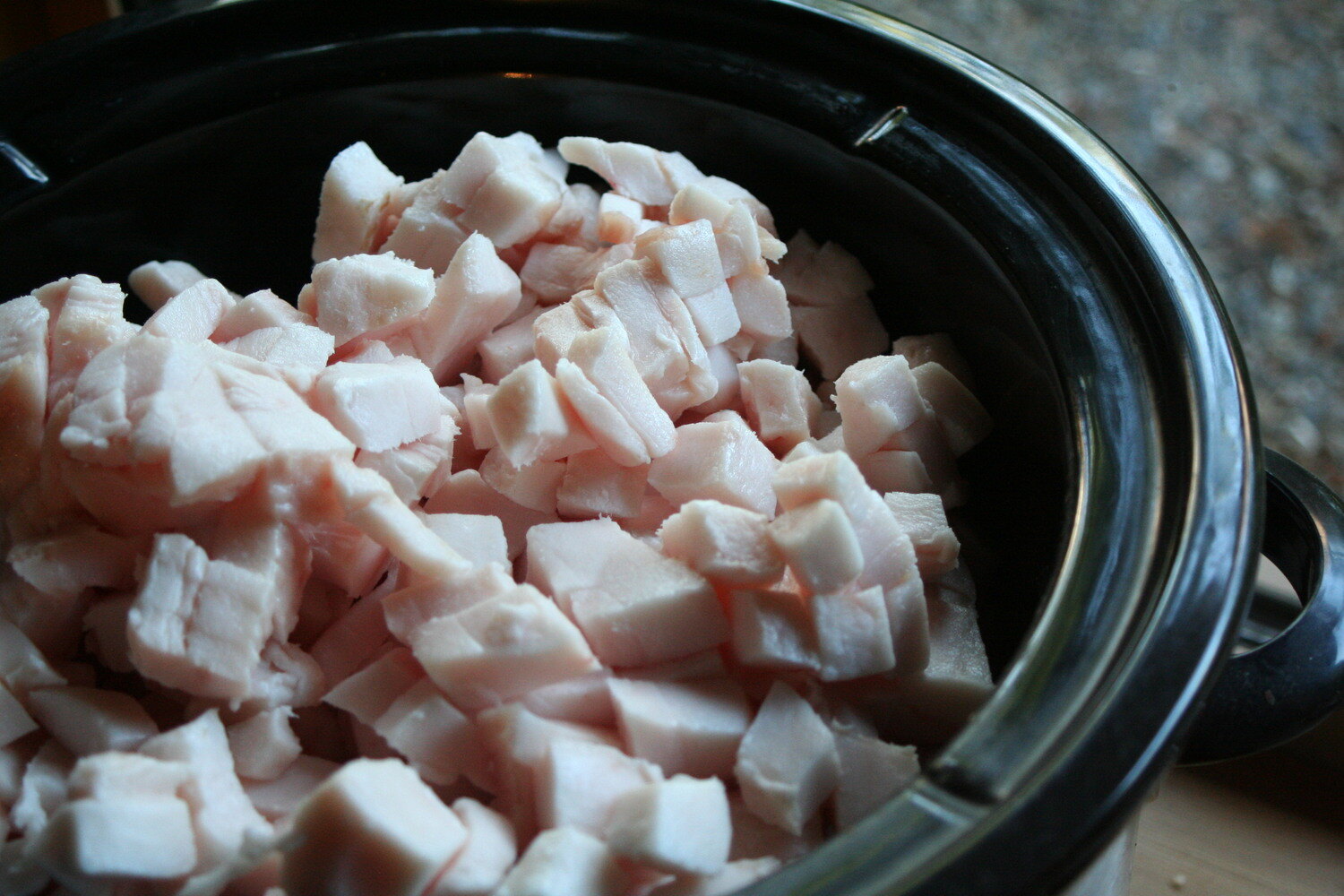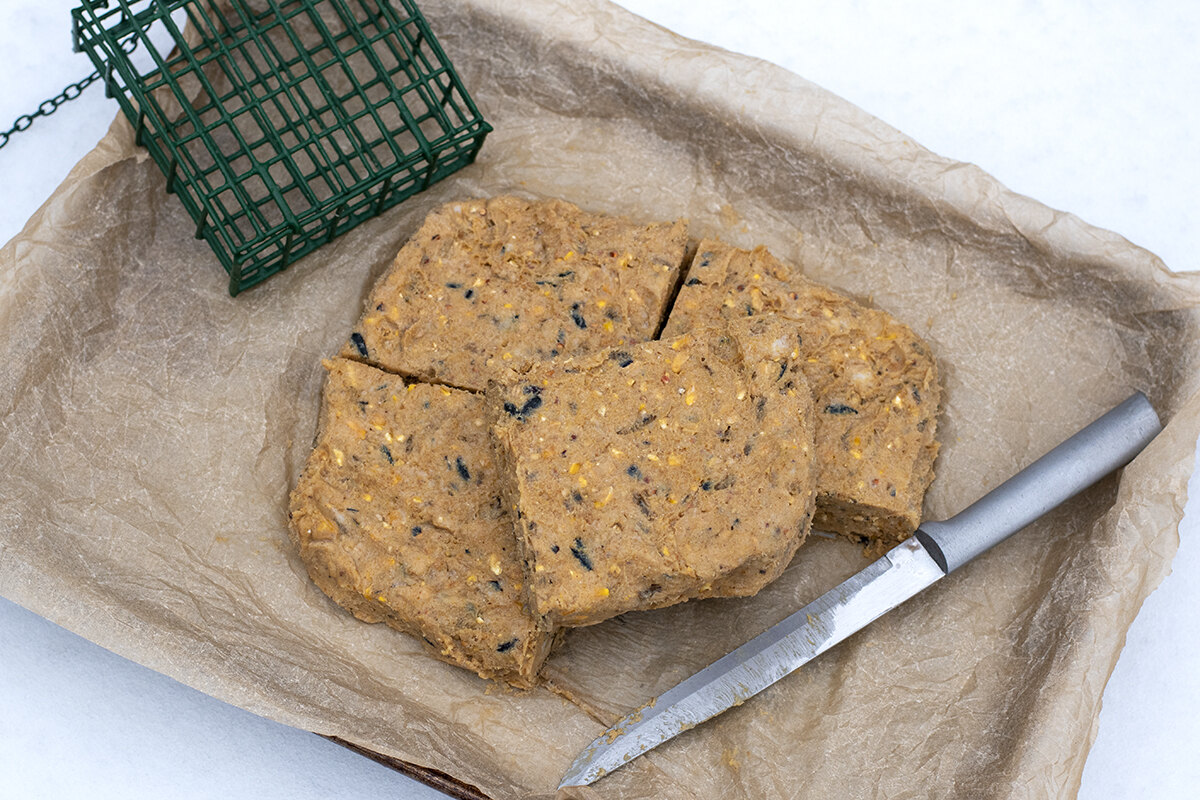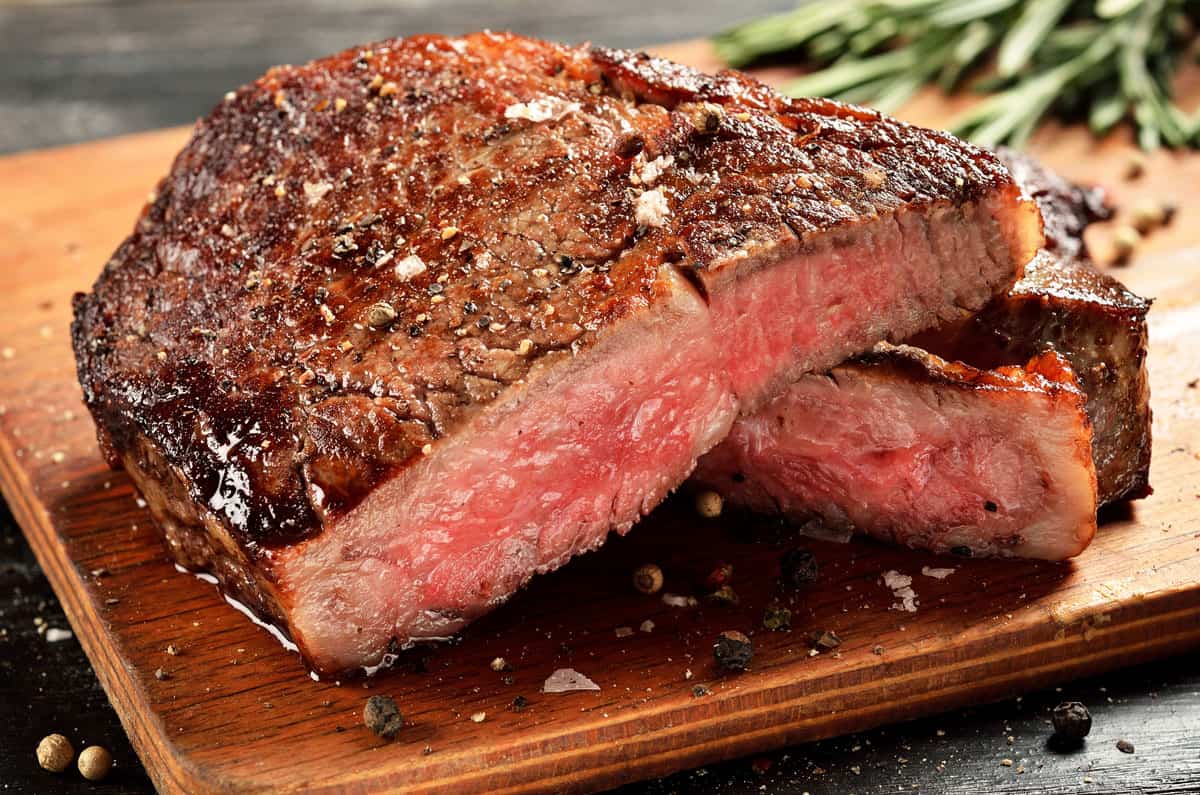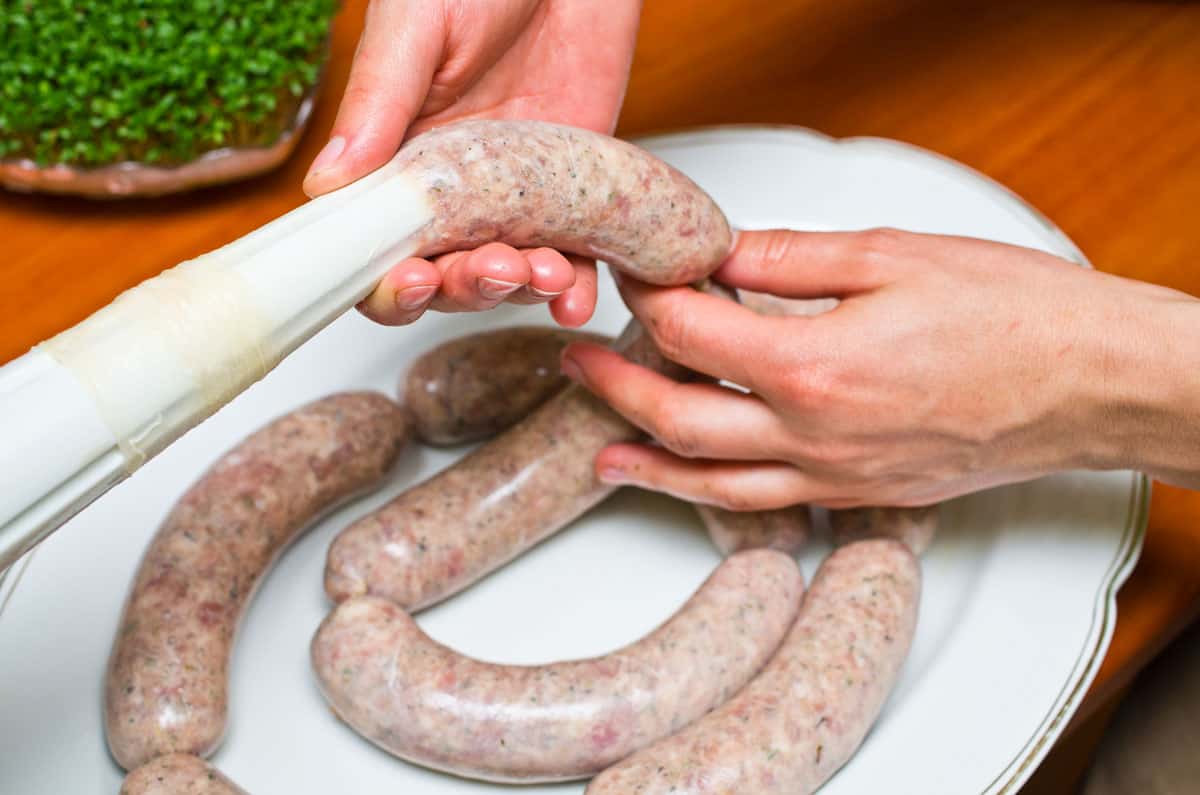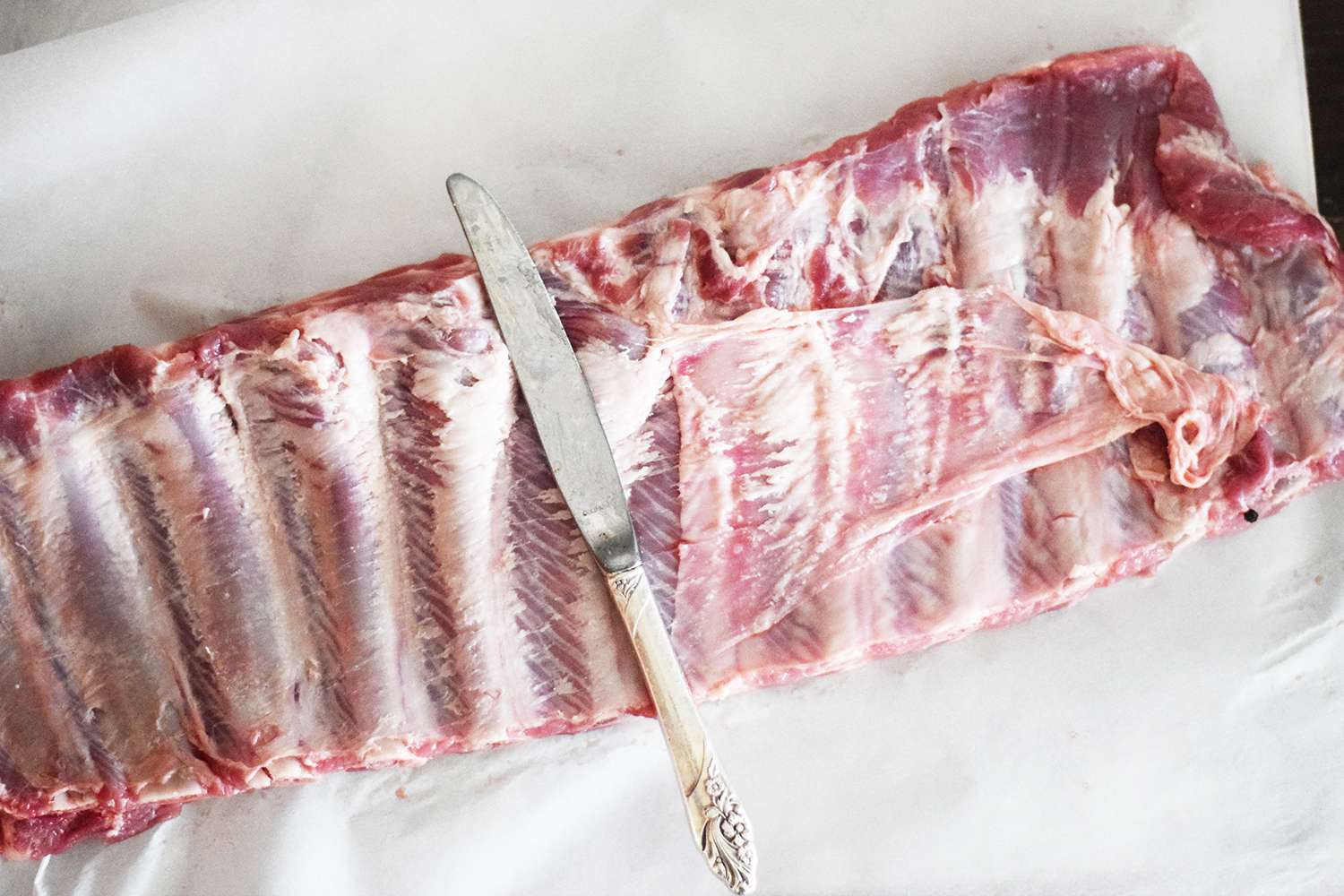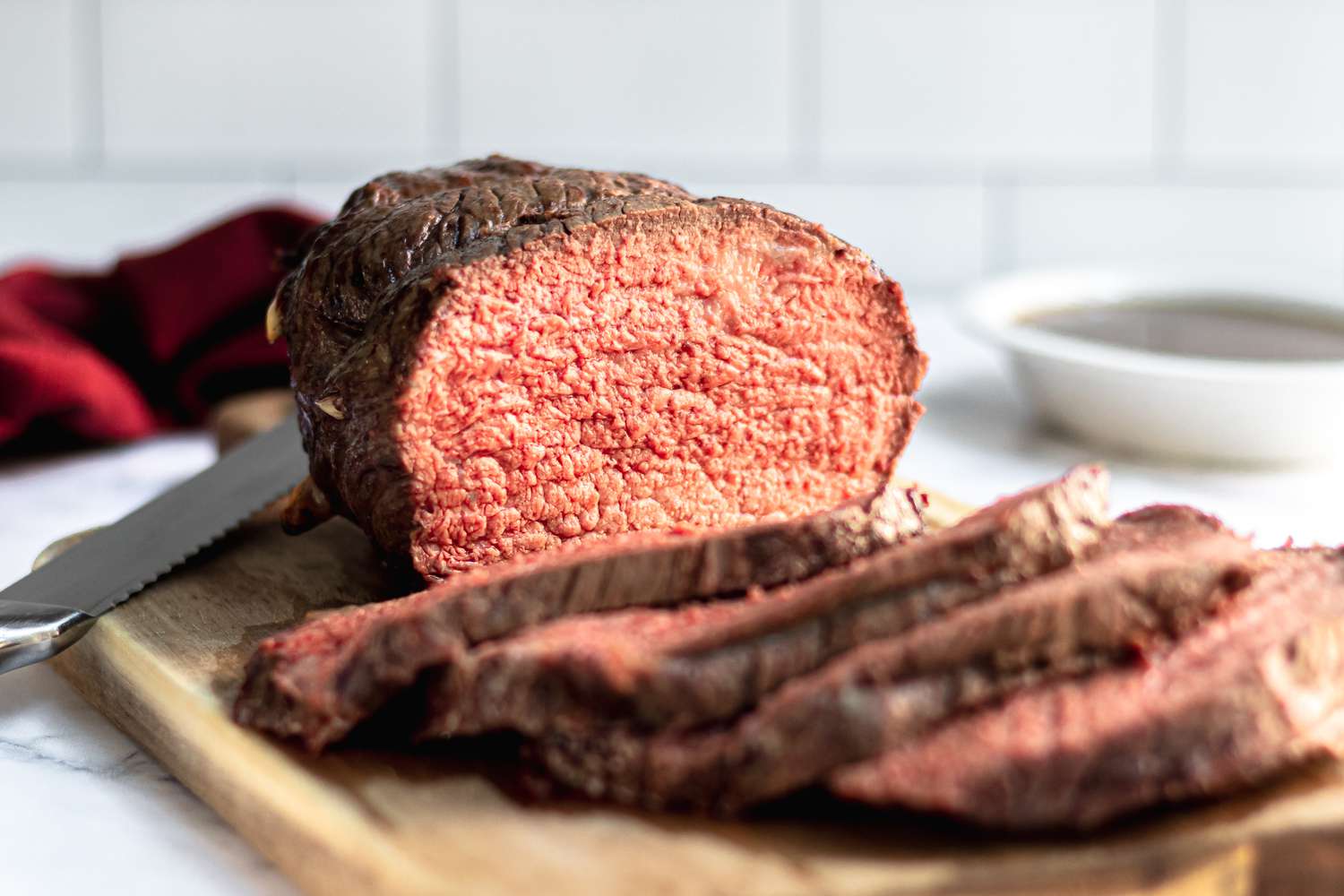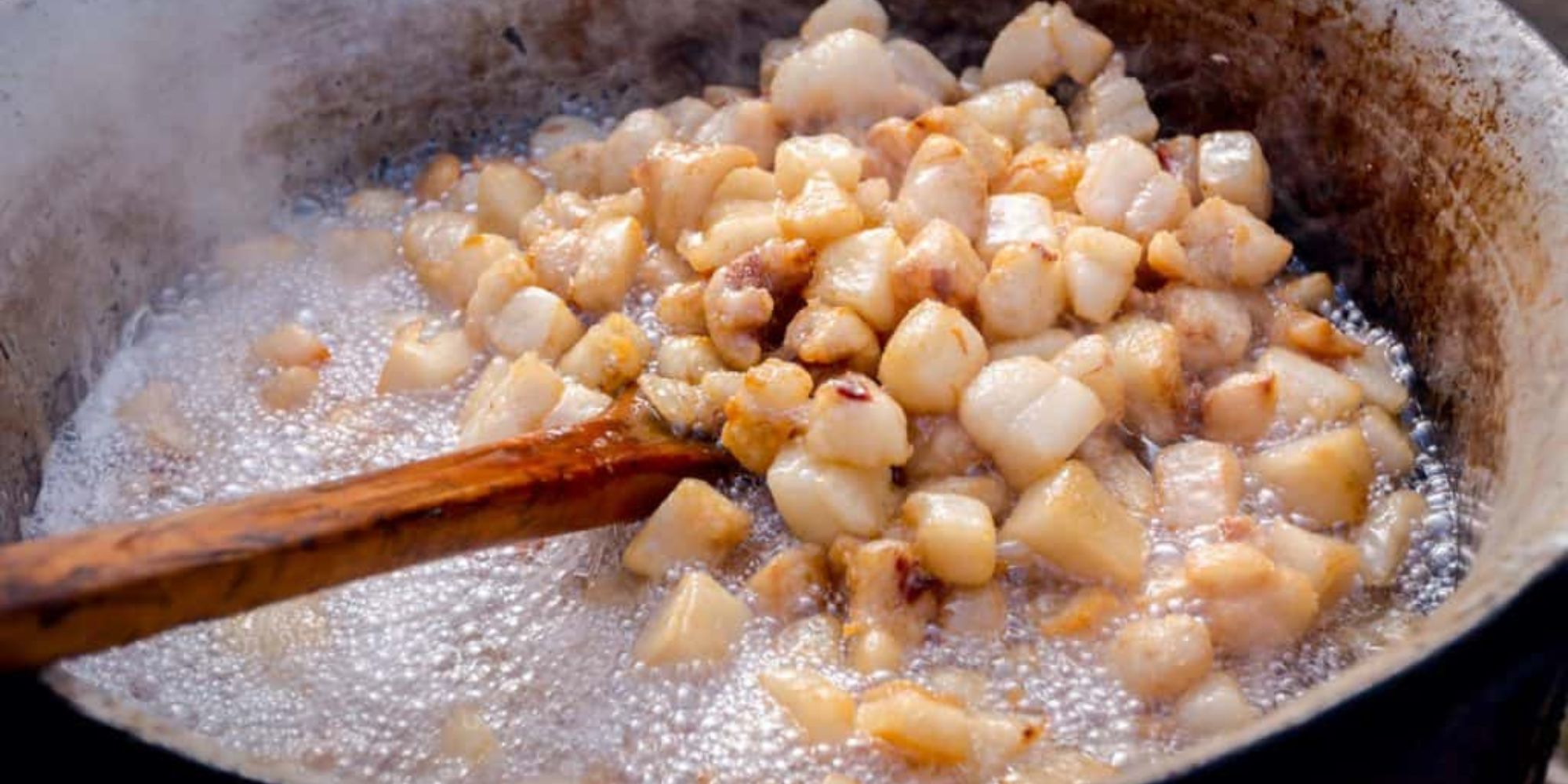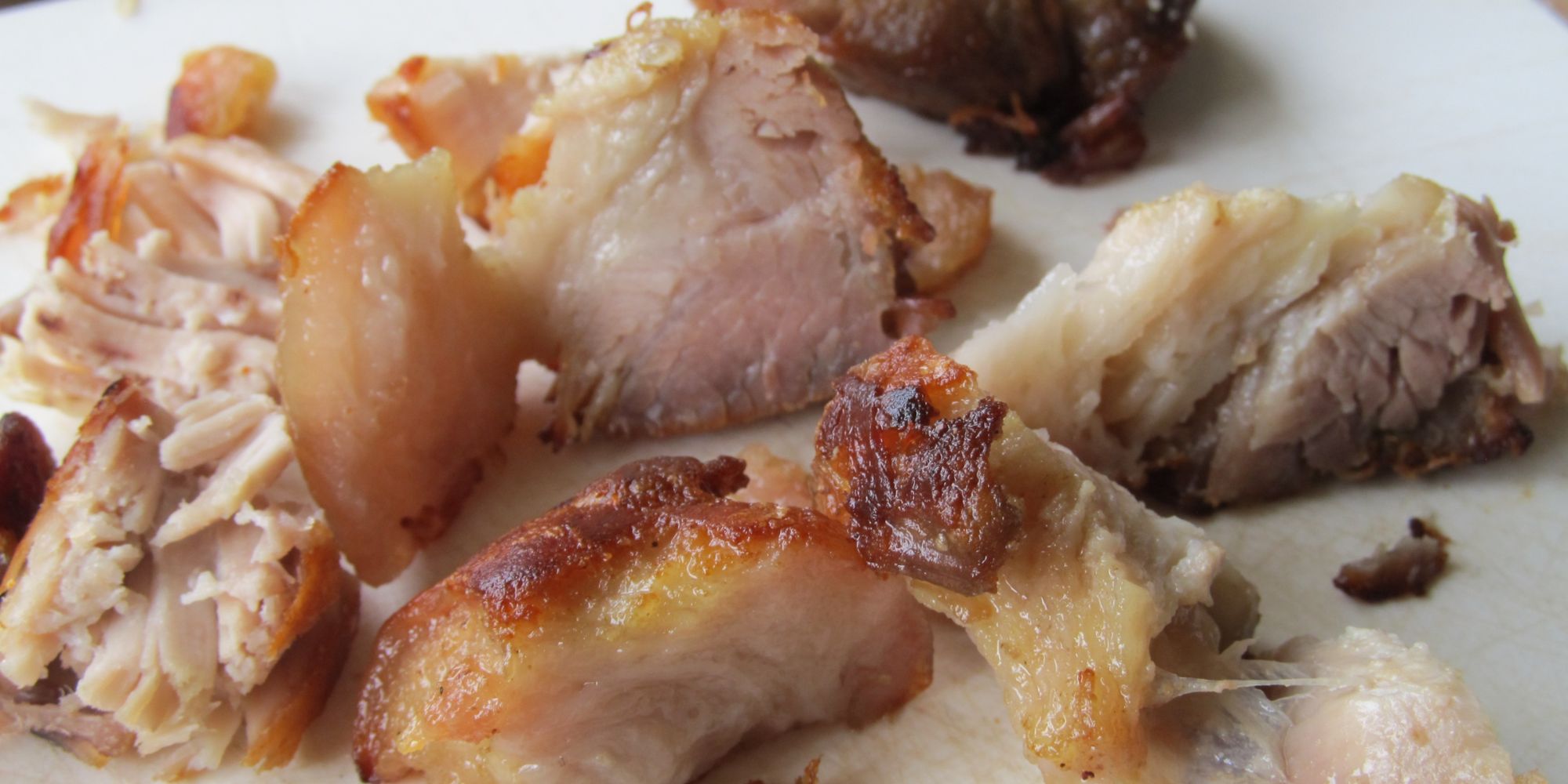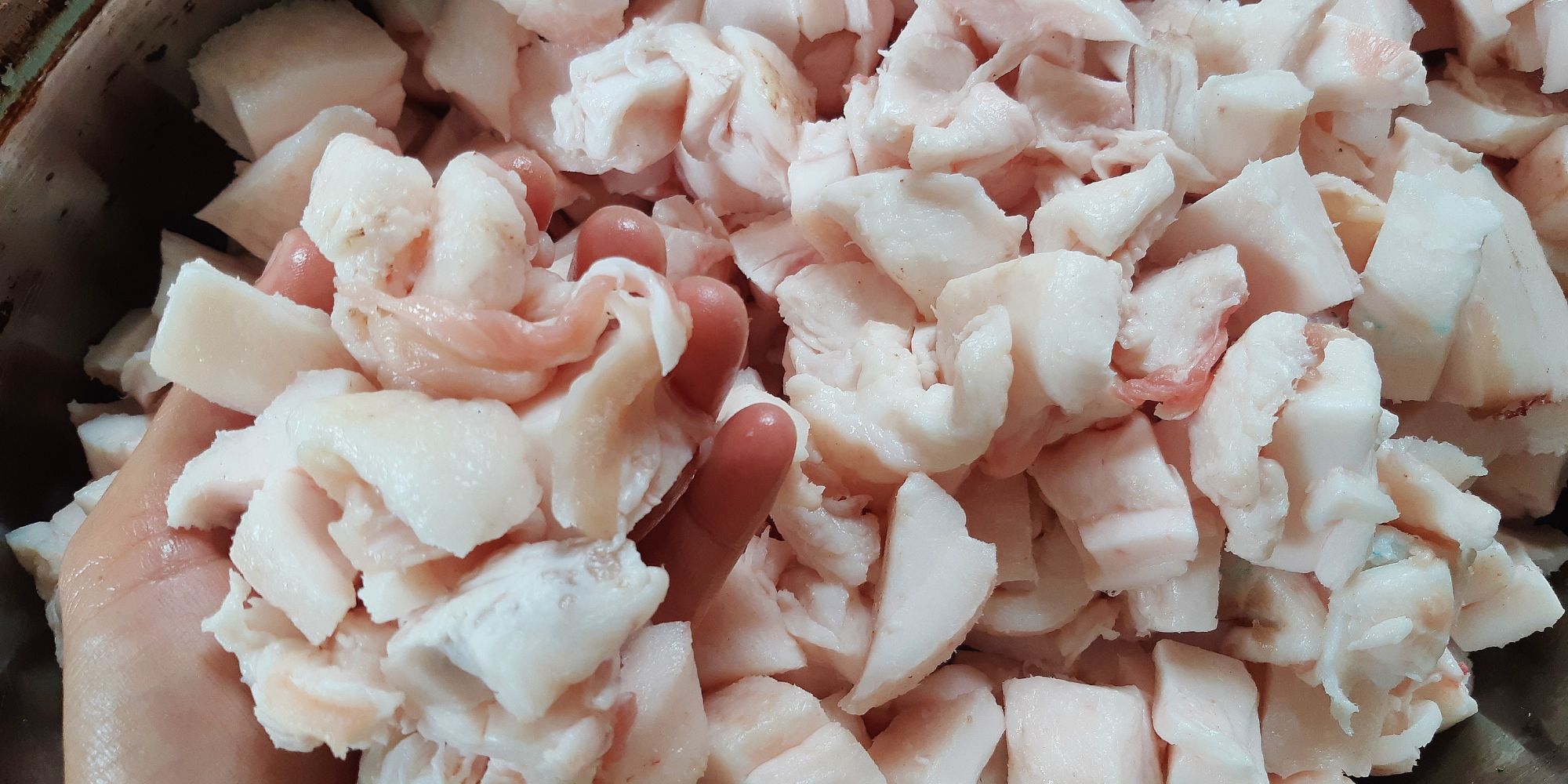Rendering Beef Fat for Lard: A Step-by-Step Guide
Rendering beef fat down for lard is a simple process that can yield a versatile and flavorful cooking fat. Whether you’re looking to add depth to your dishes or simply reduce waste, rendering beef fat into lard is a worthwhile endeavor. Here’s a step-by-step guide to help you get started.
Step 1: Choose the Right Fat
When it comes to rendering beef fat for lard, it’s important to start with the right cut. Look for fat trimmings from high-quality beef, such as suet or fatback. These cuts tend to have a good balance of fat and connective tissue, which will result in a rich and flavorful lard.
Step 2: Prepare the Fat
Before you begin the rendering process, it’s essential to prepare the beef fat. Start by trimming away any excess meat or blood vessels from the fat. Cut the fat into small, uniform pieces to ensure even cooking and efficient rendering.
Step 3: Render the Fat
There are a few different methods for rendering beef fat, but one of the most common approaches is to use a slow cooker or a stovetop pot. Here’s a simple stovetop method to get you started:
- Place the prepared beef fat in a heavy-bottomed pot.
- Set the heat to low and allow the fat to slowly melt, stirring occasionally to prevent sticking.
- As the fat melts, it will begin to separate from any remaining connective tissue and turn into liquid lard.
- Continue cooking until the fat solids have turned golden brown and the liquid fat is clear.
- Once the fat has been rendered, carefully strain it through a fine-mesh sieve or cheesecloth to remove any remaining solids.
Step 4: Store the Lard
Once you’ve finished rendering the beef fat, it’s time to store the lard for future use. Transfer the liquid lard to a clean, airtight container and allow it to cool to room temperature. Once cooled, the lard can be refrigerated for long-term storage or used immediately in your favorite recipes.
Step 5: Enjoy the Benefits
Now that you’ve successfully rendered beef fat down for lard, you can enjoy the benefits of this flavorful cooking fat. Use it to add richness to roasted vegetables, create flaky pie crusts, or fry up crispy and delicious foods. The possibilities are endless!
Rendering beef fat for lard is a simple and rewarding process that can elevate your cooking to new heights. By following these steps, you can transform beef fat trimmings into a valuable and versatile ingredient that will enhance a wide range of dishes. So, the next time you find yourself with beef fat trimmings, consider giving rendering a try – you won’t be disappointed!
Was this page helpful?
Read Next: How To Render Fat In An Instant Pot
